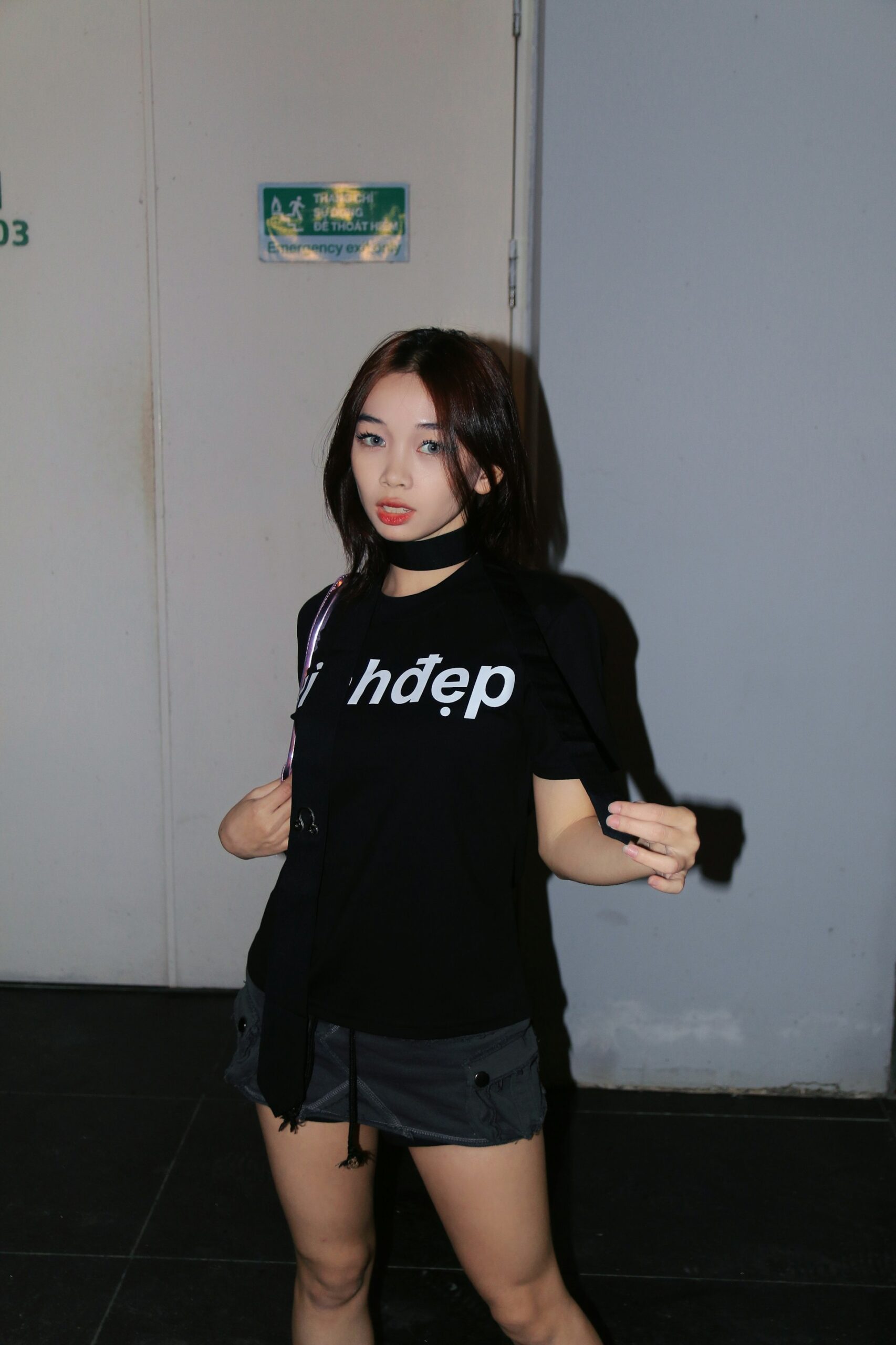Sustainable Fashion Trends for 2025: How to Build an Eco-Conscious Wardrobe

Photo by Nethmi Muthugala on Unsplash
Introduction: The New Direction of Fashion
In 2025, sustainable fashion is not just a buzzword-it is transforming how brands operate and how consumers approach their wardrobes. With environmental concerns and regulatory pressures shaping the industry, fashion is moving toward more ethical, transparent, and planet-friendly practices. This guide explores the essential sustainable fashion trends for 2025, offering actionable advice for individuals and businesses aiming to contribute to a greener future.
Circular Fashion: Redefining the Lifecycle of Clothing
Circular fashion is at the core of 2025’s sustainability movement. This approach involves designing garments for longevity, repair, reuse, and eventual recycling or composting. Instead of clothes ending up in landfills, brands are creating products that can be easily taken apart and reused in new ways. For consumers, this means more opportunities to buy, resell, or rent clothing, extending the life of each piece and reducing waste. Platforms offering secondhand and rental options are becoming more accessible and mainstream, making it easier to refresh your wardrobe without encouraging overproduction or excess waste. [1] To implement this in your own life, prioritize brands with take-back or repair programs, and consider using authenticated resale platforms to both purchase and sell clothing.
Innovative Materials: Biodegradable and Regenerative Fabrics
Fabric innovation is a key driver in sustainable fashion for 2025. Biodegradable materials, such as organic cotton, hemp, and emerging plant-based textiles, are gaining popularity for their low environmental impact. Regenerative agriculture practices are also on the rise, where crops are grown in ways that restore soil health and sequester carbon, contributing to a healthier planet. [1] [2] When shopping, look for certifications like GOTS (Global Organic Textile Standard) and research which brands are transparent about their sourcing and agricultural practices. You might also explore brands that use innovative vegan leathers and biodegradable dyes.
Upcycling and DIY Customization
Upcycling-transforming old or discarded garments into new, fashionable pieces-is a trend that’s both stylish and sustainable. In 2025, upcycled fashion includes everything from vintage denim remixes and patchwork to hand-crafted accessories and eco-friendly activewear. [3] DIY customization, such as visible mending and creative alterations, allows individuals to give new life to existing items. To get started, learn basic sewing skills or seek out local tailors who specialize in upcycling. Many organizations and online platforms offer workshops on upcycling techniques. By participating in clothing swaps or donating unused items, you can ensure your clothes stay in circulation and avoid contributing to landfill waste.

Photo by Yaren Kılıç on Unsplash
Transparency and Traceability
Consumers in 2025 are demanding greater transparency from fashion brands. This includes clear information about where materials are sourced, how garments are made, and the carbon footprint of each product. Some leading platforms display detailed material traceability and environmental data for every item they sell. [2] When evaluating brands, look for published sustainability reports, third-party certifications, and companies that openly discuss their supply chains. If such information is not available on a brand’s website, you can search for third-party lists or fashion watchdog organizations that provide sustainability ratings and audits.
Technology and Artificial Intelligence in Sustainable Fashion
2025 brings technology to the forefront of sustainable fashion. Artificial intelligence (AI) is being used to personalize shopping experiences, optimize inventory to reduce waste, and recommend products based on individual sustainability goals. [2] For consumers, this means access to platforms that curate eco-conscious options tailored to your style and values. Brands are also using technology to monitor resource use and emissions across their supply chains, enabling more precise interventions for reducing environmental impact. To benefit from these innovations, seek out retailers and online platforms that highlight their use of AI and digital sustainability tools.
Consumer Behavior: Quality Over Quantity
One of the most significant shifts for 2025 is the move away from fast fashion and disposable clothing. [3] Consumers are increasingly valuing quality, timelessness, and versatility over rapidly changing trends. Minimalism and simplicity are gaining traction, with people investing in fewer, more durable pieces that can be mixed and matched. To adopt this mindset, audit your current wardrobe and focus on purchasing high-quality, versatile staples. When shopping, ask yourself if each item will be worn multiple times and if it complements your existing clothing.
Regulations, Challenges, and the Road Ahead
Fashion companies face mounting regulatory and economic pressures to meet climate targets and integrate sustainable practices. These include stricter policies on emissions, material sourcing, and product lifecycle management. However, balancing sustainability with profitability remains a significant challenge, especially as many consumers still prioritize affordability. [4] [5] As a consumer, you can influence the industry by supporting brands that demonstrate real commitment to sustainability, even if it means paying a bit more for ethically produced garments. To find these options, seek out industry-recognized certifications and use search terms like “sustainable fashion brands 2025” or “circular fashion labels” to identify leaders in this space.
How to Start Building a Sustainable Wardrobe in 2025
Making the transition to a more sustainable wardrobe is achievable with a few practical steps:
- Research brands for their sustainability practices, focusing on transparency, certifications, and traceability.
- Prioritize natural and biodegradable fabrics such as organic cotton, hemp, and linen.
- Embrace secondhand and rental platforms to reduce demand for new production.
- Learn simple repair and upcycling techniques to extend the life of your clothing.
- Engage with local or online communities that host clothing swaps and offer upcycling workshops.
- Stay informed by reading reputable sources, industry reports, and following sustainability thought leaders.
If you’re unsure where to start, consider searching for reputable fashion organizations, local repair shops, or sustainability-focused blogs for guidance. Many cities have community centers or libraries offering repair cafés and educational events on sustainable fashion.
Key Takeaways and Next Steps
Sustainable fashion in 2025 is driven by circularity, material innovation, transparency, technology, and changing consumer values. While the path to a fully sustainable wardrobe may take time and effort, every small change can make a difference. By prioritizing quality, supporting responsible brands, and embracing new habits, you can play an active role in shaping a more ethical and environmentally friendly fashion industry for the future.
References
- [1] Hayden Hill (2025). Sustainable Fashion Trends to Watch in 2025.
- [2] The Carbon Closet (2025). Top 10 The Future of Sustainable Fashion: Trends to Watch in 2025.
- [3] SwagCycle (2024). Upcycled Fashion Trends 2025: Sustainable Styles In & Out.
- [4] Trellis Group (2025). 10 Sustainable Fashion Trends to Watch in 2025.
- [5] EcoSkills Academy (2025). 4 Key Drivers of Sustainable Fashion in 2025.



